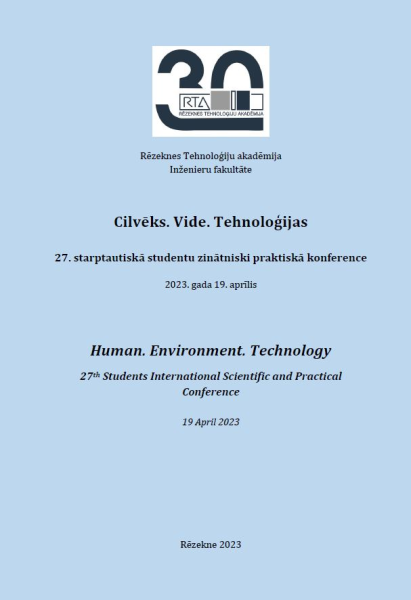DATABASE USAGE IN SEMANTIC ONTOLOGIES
DOI:
https://doi.org/10.17770/het2023.27.7378Keywords:
databases, graph databases, ontology, semantic, web content generation,Abstract
Semantic ontology languages are a way for experts to write down their knowledge in a commonly accepted way, it allows information to be understood by humans and machines. However, ontology tools do not provide the ability to use this data in a database for geodata-based analysis easily. The project is focused on ontology web language (OWL) usage for web content generation for business-to-business communication using geodata analysis. This specific paper is focused on selecting a database that could support the ontology tools. In the research scope, different databases were checked (relationship, document, and graph databases). In conclusion, graph databases were the most similar to the structure of the ontology, so it was chosen to use Neo4j as the database.Downloads
References
MongoDB. (2023, February 17). MongoDB. Retrieved from MongoDB: https://www.mongodb.com/
Neo4j. (2023, February 6). Neo4j Developer. Retrieved from Neo4j: https://neo4j.com/developer/graph-database/ontotext. (2023, February 17). GraphDB. Retrieved from GraphDB: https://graphdb.ontotext.com/
PostgreSQL. (2023, February 9). PostgreSQL: The World's Most Advanced Open Source Relational Database. Retrieved from PostgreSQL: https://www.postgresql.org/
Understanding Semantic Web and Ontologies: Theory and Applications. (2010). Journal of Computing, Volume 2, Issue 6. Retrieved from https://arxiv.org/ftp/arxiv/papers/1006/1006.4567.pdf
Wikipedia. (2023, February 6). Graph database. Retrieved from Wikipedia: https://en.wikipedia.org/wiki/Graph_database.


